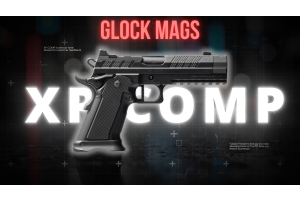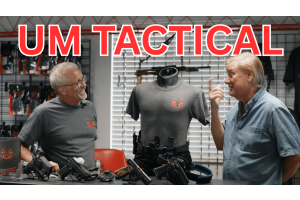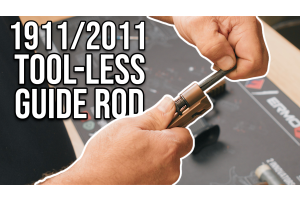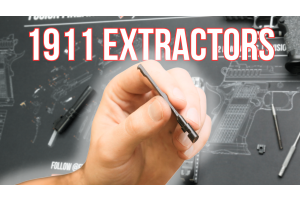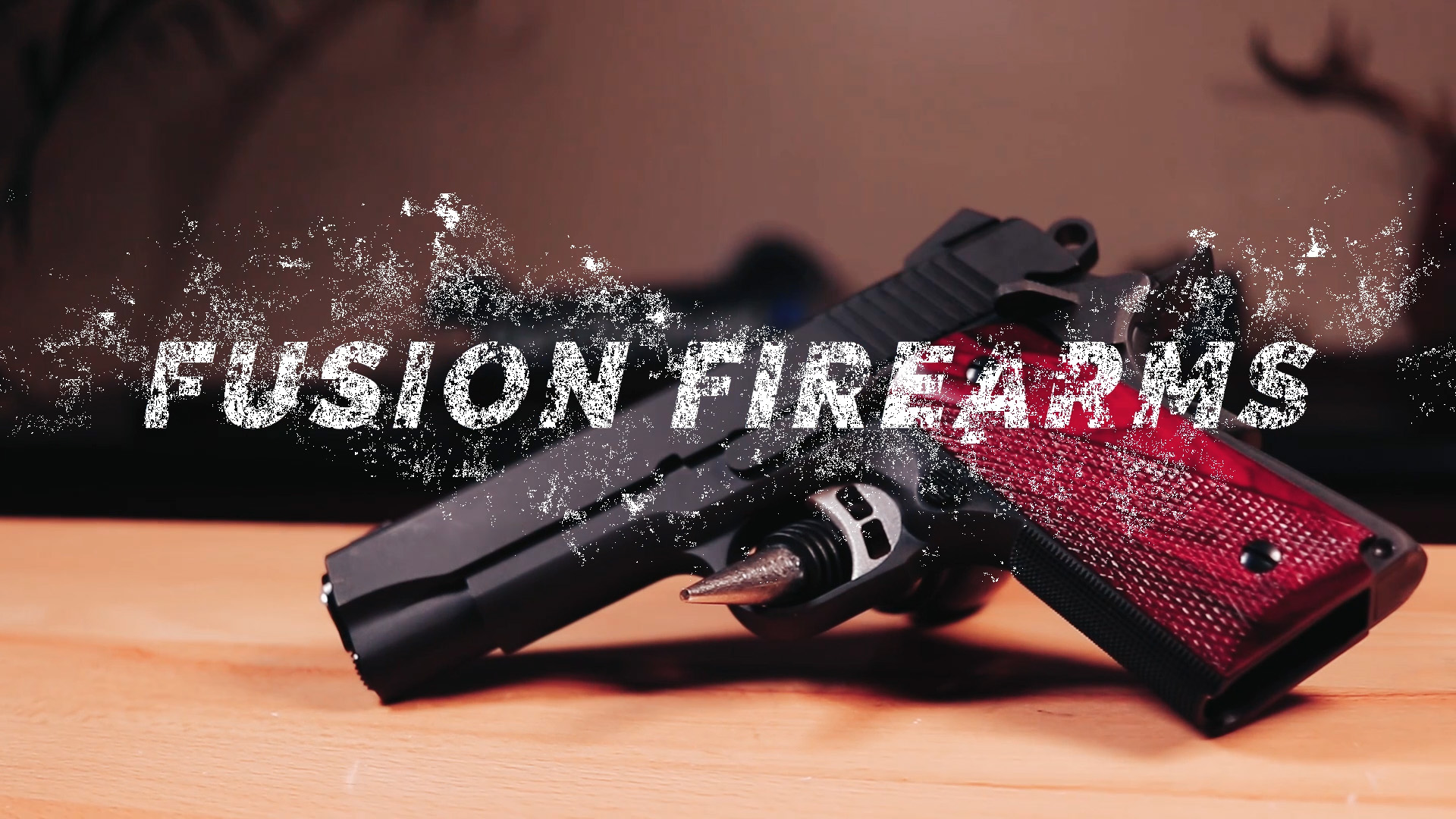
A Comprehensive Guide to 9mm Ammo Types and Uses
0%
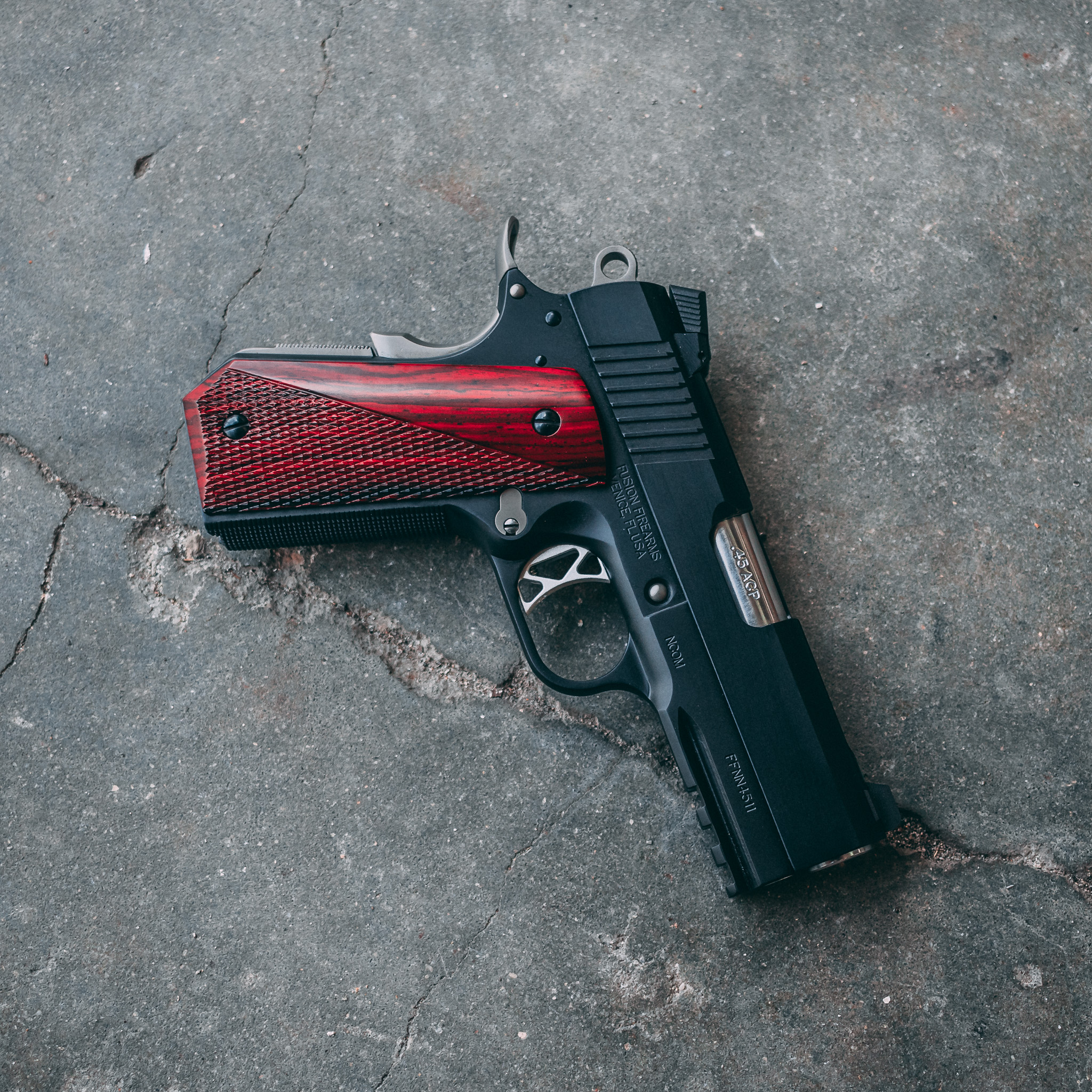
The world of ammunition can be confusing, especially when it comes to the numerous types of 9mm ammunition available. With its rich history and widespread adoption, the 9mm cartridge continues to be a popular choice for self-defense, law enforcement, and target shooting. But how can one navigate the ever-expanding choices and find the right 9mm ammo for their specific needs?
In this comprehensive guide, we’ll delve into the history of the 9mm round, explore popular 9mm cartridges and their applications, and compare ballistics and performance across various ammunition types. By the end of this journey, you’ll be equipped with the knowledge to make informed decisions when selecting the perfect 9mm ammunition for your needs.
Short Summary
- The 9mm cartridge is a popular handgun choice for self-defense, law enforcement, and military use due to its accuracy and low recoil.
- Different cartridges such as the 9mm Luger, NATO & Makarov have different characteristics suited for various applications.
- Consider availability, price & intended use when purchasing ammo. JHP rounds are ideal for self defense while FMJ is best used in target shooting.
The 9mm Cartridge: Origins and Evolution
The story of the 9mm cartridge begins with its creation by Georg Luger in 1901 as a response to the need for an effective pistol cartridge. Over the years, the 9mm has evolved to become one of the most popular handgun cartridges worldwide, thanks in part to its adoption by militaries and law enforcement agencies as their preferred pistol cartridges.
The 9mm cartridge’s versatility extends beyond handguns, as it has been utilized in submachine guns and even carbines, making it a staple in the world of firearms.
The Birth of the 9mm Luger
Designed by Georg Luger in 1901 and introduced by Deutsche Waffen in 1902, the 9mm Luger cartridge was initially intended for use in DWM’s modern Luger Semi-Automatic pistol. The term Parabellum is derived from the Latin expression “Si vis pacem, para bellum”. It essentially means that to keep peace, we must prepare for war. This phrase aptly captures the essence of the 9mm Luger as a cartridge designed for self-defense and conflict situations, reminding us to always seek peace but be prepared for the unexpected.
The hydrostatic shock theory suggests that the energy of the 9mm cartridge can cause remote wounding effects in human-sized living targets due to ballistic pressure waves originating from the bullet’s impact. This theory, combined with the cartridge’s accuracy, low recoil, and affordability, contributed to the 9mm Luger’s widespread adoption, making it the go-to choice for self-defense, law enforcement, and military applications.
Widespread Adoption
The 9mm cartridge gained popularity due to its effectiveness in self-defense, law enforcement, and military applications. Its adaptability to various firearms and its availability in numerous bullet designs and weights made it even more appealing. The US military, for example, used lead bullets and full metal jacket (FMJ) ammunition before 2015, when they adopted jacketed hollow points (JHP) as their primary self-defense load. JHP bullets are designed to expand upon impact, resulting in an expanded bullet diameter and increased stopping power.
The compatibility of the 9mm cartridge with several types of firearms, such as pistols, submachine guns, and carbines, added to its appeal. Some 9mm ammunition types, like +P and +P+ rounds, have high pressure loadings for increased performance. The Russian armed forces adopted the 9mm Makarov cartridge, which, although slightly different from the 9mm Luger, highlights the versatility of the 9mm round.
Popular 9mm Cartridges and Their Applications
When diving into the world of 9mm cartridges, it’s essential to understand the differences between the most popular variants and their applications. Three of the most common 9mm cartridges are the 9mm Luger, 9mm NATO, and 9mm Makarov. Each cartridge has unique characteristics that make it more suitable for specific uses, such as self-defense, law enforcement, and target shooting.
The 9mm cartridge is the most popular and widely used 9mm cartridge. It the most popular handgun cartridge is.
9mm Luger (9x19mm)
The 9mm Luger, or 9x19mm Parabellum, is a rimless, tapered cartridge widely used for self-defense, concealed carry, and service handguns. Despite multiple naming conventions, “9mm” usually refers to the 9mm Luger or 9x19mm Parabellum, which are one and the same cartridge. With various bullet designs and weights available, the 9mm Luger is a versatile cartridge suitable for a wide range of applications.
The 9mm Luger is an effective cartridge for self-defense, law enforcement, and target shooting. Its accuracy, low recoil, and affordability make it a popular choice for various uses. The hydrostatic shock theory suggests that the energy of the 9mm cartridge can cause remote wounding effects in human-sized living targets due to ballistic pressure waves originating from the bullet’s impact. This ability to incapacitate threats quickly and effectively contributes to its widespread adoption in self-defense situations.
9mm NATO
The 9mm NATO is a higher-pressure variant of the 9mm Luger, conforming to NATO standards and used by military forces worldwide. The cartridge features a somewhat heavier projectile and is loaded to a higher pressure than conventional range or training rounds.
According to NATO standards, 9mm NATO has a bullet weight range of 108- to 128-grains, providing increased performance for military and law enforcement personnel.
9mm Makarov (9x18mm)
The 9mm Makarov, or 9x18mm, is a Soviet-manufactured submachine gun and pistol cartridge developed in 1946 towards the end of World War II. The 9mm Makarov was designed with a slightly larger caliber,.365”, to prevent compatibility with German 9mm weapons.
While the 9mm Makarov has a typical effective range of approximately 50 meters (55 yards), its lower ballistics have contributed to its lack of popularity compared to the 9x19mm in the West.
Ballistics and Performance: Comparing 9mm Ammo Types
As with any ammunition, it’s crucial to understand and compare the ballistics and performance of different 9mm ammunition types. In this section, we’ll explore the ballistics and performance of the 9mm Luger and 9mm NATO, as well as the 9mm Makarov. By doing so, we’ll gain a clearer understanding of the capabilities of each cartridge and how they compare to one another.
We’ll start by looking at the 9mm Luger. This cartridge is the original.
9mm Luger vs. 9mm NATO
At first glance, the 9mm Luger and 9mm NATO cartridges may appear quite similar. Both cartridges feature a muzzle velocity of approximately 1,200 feet per second and a bullet weight of around 115 grains.
However, the primary distinction between the two cartridges lies in the pressure they generate. The 9mm NATO generates greater pressure than the 9mm Luger, resulting in increased performance and effectiveness in certain applications.
9mm Makarov vs. 9mm Luger
While the 9mm Makarov and 9mm are available. Luger cartridges share a similar muzzle velocity of approximately 1,200 feet per second and a bullet weight of around 115 grains, the 9mm Makarov generates higher pressure than the 9mm Luger. This results in a heavier recoil and a slightly less powerful cartridge.
Additionally, the 9mm Makarov has less availability compared to the 9mm Luger, which offers more power and a flatter trajectory, making it a more popular choice for various uses.
Specialty 9mm Rounds and Their Applications
Specialty 9mm rounds, such as +P and +P+ variants, offer increased pressure and performance compared to standard 9mm cartridges. In addition, armor-piercing 9mm rounds provide enhanced penetration capabilities, making them particularly useful in tactical situations.
In this section, we’ll explore these specialty rounds and their applications.
9mm +P and +P+
9mm +P and +P+ rounds have higher pressure and energy than standard 9mm cartridges, improving velocity and ballistics. These rounds offer enhanced performance in self-defense situations, where stopping threats quickly and effectively is crucial. By reaching maximum pressure, they provide an advantage in terms of power and impact.
However, not all firearms are designed to handle the increased pressure of these rounds, so it’s important to ensure that your pistol is suitable for +P ammunition before use.
Armor-Piercing 9mm Rounds
Armor-piercing 9mm rounds, such as the Russian 7N21 and 7N31, are designed to defeat body armor and provide enhanced penetration capabilities in tactical situations. These rounds utilize relatively light bullets with high muzzle velocity for both pistols and submachine guns to effectively penetrate body armor.
The MP-443 Grach and GSh-18 pistols are designed for use with specialized 9mm cartridges. The same goes for the PP-19 Vityaz, PP-90M1 and PP-2000 submachine guns.
Choosing the Right 9mm Ammo for Your Needs
Choosing the right 9mm ammunition depends on factors such as intended use, firearm compatibility, and personal preferences. Self-defense ammo should focus on expansion and penetration, ensuring effectiveness in stopping threats, while target shooting ammo should prioritize accuracy and affordability, allowing for enjoyable and cost-effective practice sessions.
In this section, we’ll provide guidance on how to select the appropriate 9mm ammunition based on these factors.
For self-defense purposes, look for hollow point (HP) or jacketed hollow point (JHP) rounds, as these are designed to expand upon impact, creating larger wound channels to more effectively neutralize threats. Important considerations here include the bullet's weight (measured in grains) and its muzzle velocity, both of which can impact its stopping power. On the other hand, for target shooting, full metal jacket (FMJ) rounds are typically preferred due to their superior accuracy and lower cost per round. They do not expand like HP or JHP rounds, making them less likely to cause significant damage to targets, thus ideal for practice. Additionally, consider the reliability and performance of the ammunition in your specific firearm, as not all guns perform the same with every type of ammo. Conduct thorough research and perhaps even a bit of trial and error to find the optimal choice that suits your individual needs.
Self-Defense Ammo
When selecting self-defense 9mm ammo, it’s crucial to look for rounds that offer significant expansion, penetration, and remote wounding effects. Jacketed Hollow Point (JHP) bullets, which expand upon impact, are recommended for self-defense. These rounds transfer more energy into the attacker, creating a larger wound channel and increasing the likelihood of incapacitating them.
JHP rounds are designed to expand upon impact, creating a larger wound channel and transferring more energy.
Target Shooting Ammo
For target shooting, 9mm ammunition should provide consistent accuracy and performance at an affordable price. Full Metal Jacket (FMJ) ammunition is typically used for target shooting, as it effectively penetrates the target while being cost-effective.
By using FMJ ammunition for target shooting, shooters can enjoy accurate and enjoyable practice sessions without breaking the bank.
Purchasing 9mm Ammo: Tips and Considerations
When purchasing 9mm ammunition, it’s essential to consider factors such as availability, price, intended use, and firearm compatibility. Options for buying 9mm ammunition range from retail gun shops to online marketplaces, offering various types and brands of 9mm ammunition to choose from.
Before making a purchase, be sure to research the different types of ammunition available and their performance characteristics, and always be aware of local laws and regulations regarding the purchase and use of ammunition.
Summary
In conclusion, the world of 9mm ammunition offers a wide range of options, from standard cartridges like the 9mm Luger and 9mm NATO to specialty rounds like +P and armor-piercing variants. Understanding the history, ballistics, and performance of each type of 9mm ammo is crucial when selecting the right cartridge for your needs, whether it be for self-defense, law enforcement, or target shooting.
Armed with the knowledge gained in this comprehensive guide, you can now make informed decisions when purchasing and using 9mm ammunition, ensuring that you have the right ammunition for your specific needs and preferences.
Frequently Asked Questions
How expensive is 9mm now?
On average, 9mm ammunition costs around $. 26 to $. 28 per round, making it moderately expensive.
What is a 9mm handgun good for?
The 9mm handgun is an excellent choice for self-defense, given its reliability, efficiency, and acceptance in the U.S. Even after a period of being dismissed, the 9mm handgun has found its place in American self-defense.
What is the lethal range of a 9mm?
The lethal range of a 9mm round is typically considered up to 50 yards when fired from a 5’’ full-length pistol barrel, with experts considering it to be effective up to 25 meters.
Professional shooters can often shoot targets at distances approaching 100 yards.
Is 9x19mm same as 9mm?
Yes, the 9x19mm and 9mm are the same cartridge. 9mm is also known as 919, or 9x19mm Parabellum.
What is the difference between 9mm Luger and 9mm NATO?
The 9mm luger and 9mm NATO are similar in dimensions, but the 9mm NATO has greater pressure, providing increased performance and effectiveness.




